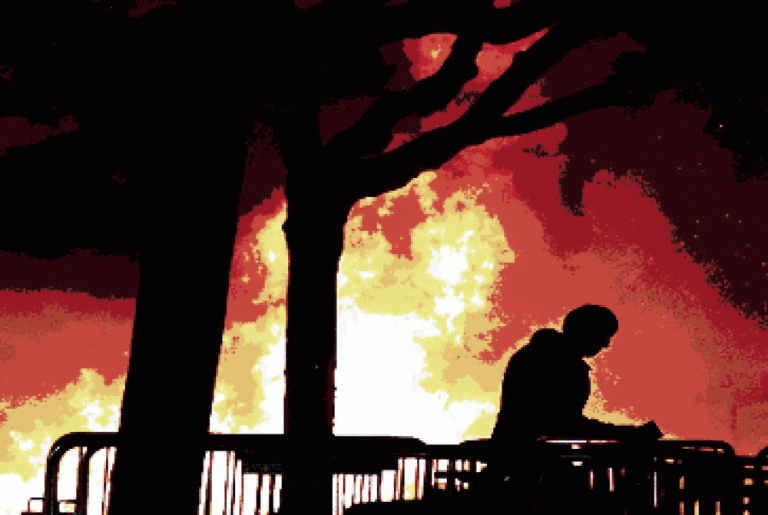
Jack Alegre
Staff Writer
It was not enough that the University of California, Berkeley’s College Republicans organization invitation to the controversial Milo Yiannopoulos to speak at the campus flared tensions; the real indignation came after violent protests and damage at Berkeley forced the Breitbart technology editor to scurry away.
However, the campus’ outrage should not be directed towards the self-proclaimed anarchists for their use of obstructionist and frightful tactics. Instead, the student body should be mad at the black-masked figures for stealing the call to violence from them.
There’s a conception in our society that a peaceful protests is the best way to attract attention to a cause. Through non-violent actions you reverse the dynamics of oppression and leave your opponent for what they truly are: an aggressor. This approach only works well in some cases. In order for a peaceful protest to truly work, there needs to be enough voices in positions of power not only to listen to the will of the protesters, but to actually act.
By not heeding the will of the students to not extend a hand of welcome to Yiannopoulos, the university has already shown itself not only unwilling to join as an ally against oppression but unwilling to even listen to the students in the first place.
It’s not about protecting a liberal bubble, oh no. If we are to truly progress as a society, free speech and difference of opinion must be tolerated. What should not be tolerated now, however, are views that are explicitly harmful and contemptuous of large swathes of humanity — and the people who blatantly proclaim these views.
Inviting someone proud of their hatred makes the university a collaborator. While it may have been the campus’ College Republicans who orchestrated Yiannopoulos’ appearance, it was the University that ignored the concerns of the majority of its student body and allowed him to speak in the first place.
Now the idea of violence being used as a means of opening up discourse between the two parties is not a new one, but it finds itself best grounded in the “Wretched of the Earth,” an analysis of the relationship of subject and ruler by the anticolonial author Frantz Fanon.
Born in colonized Martinique, Fanon’s experiences in World War II and the Algerian War helped him to understand the relationship between the oppressed and their colonial overlords. Noting the ingrained disdain that the colonial authorities held for their subjects, there was no place else to go but violence. If they could not be seen as people, why be bound by the rules of people?
Only through violence can their will be transmitted. It is violence and terror that the master used to keep the slave in line and it is violence and terror that is being transplanted onto not just the American populace, but the globe. Because of the immersion in violence on the part of the more oppressive aspects of the establishment, violence is the only thing that they will recognize.
Fear not retribution, for you are taking your fate into your hands once more. You need to force those in charge to listen to you now, not at their leisure.
Perhaps saying that the students have a right to violence is a bit absurd. After all, there are too many ways in which they can use an ideology of resistance to draw others into the crossfire. Instead, they should have the right to destruction.
In Fanon’s time he was facing the nigh unstoppable juggernaut of the imperial machine. Students don’t have the odds quite so stacked against them. However, what they do have is a university that allows a platform to speakers who promote the very same missions and agendas of intolerance that Fanon struggled hard against.
Destruction is emotion made manifest, is the catharsis of resentment towards an uncaring and immovable overlord. The confusion and obstruction that comes afterwards is important because it’s tangible. It’s there and in your face, and it really forces you to ask what exactly the motive is. It’s only when people unrelated to the event are hurt by it that the idea of a “violent” protest becomes an issue at all.
Violent protest is and always will be a controversial subject. While many do prefer the idea of a peaceful resistance, it is too passive and too divorced from the relationships of power between authority and ruled. From a country born of violence it is ironic that we now condemn it for being “repugnant” and “beneath us.”
People may decry more aggressive forms of resistance as they normalize the idea of a disruptive and harmful struggle. What is more harmful, however, is not bothering to employ the judgement necessary to separate the desperation of the oppressed from the depredations of the repressive. Only through concrete physical actions including destruction can we truly gain the recognition we need.











You don’t actually have the right to destroy property that isn’t explicitly yours. Silly goose-muffin.
Comments are closed.